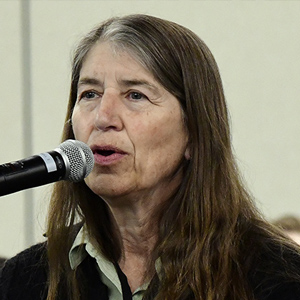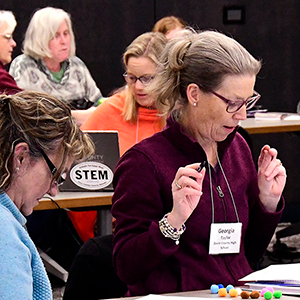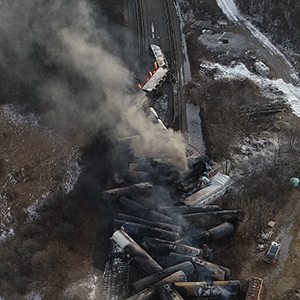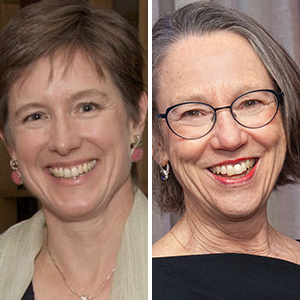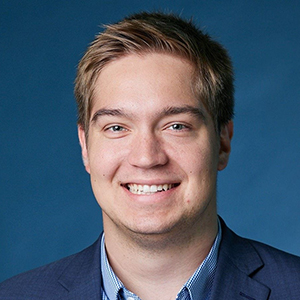 Lower Duwamish Waterway (LDW) Superfund study area (yellow), showing Boeing Field on the lower right and West Seattle on the left. (Photo courtesy of EPA)
Lower Duwamish Waterway (LDW) Superfund study area (yellow), showing Boeing Field on the lower right and West Seattle on the left. (Photo courtesy of EPA) A century ago, engineers and city planners straightened and deepened the Duwamish River to create an industrial center for the young city of Seattle. As the city grew, the waterway became contaminated with sewage, toxic chemicals, and storm water runoff. In 2001, the river was listed as a Superfund site.
Now, the University of Washington (UW) Superfund Research Program (SRP) is promoting a new video series and a book, released July 11, to educate people about this important waterway.
“I wrote this book to introduce the people of Seattle to their hometown river, because you are not going to care about something if you do not know anything about it,” said BJ Cummings, author of The River That Made Seattle: A Human and Natural History of the Duwamish, from the University of Washington Press. Cummings is the community engagement manager for the UW SRP.
Communities first
In both her book and her work for the SRP, Cummings addresses Duwamish River pollution from an environmental justice angle. She has been working on the waterway for more than 25 years and founded the Duwamish River Cleanup Coalition, the group that helped secure Superfund listing for the river.
“The city’s history is inextricably linked to the history of that river, who lived there before we [colonialists] got here, and the choices that were made about how to treat it,” said Cummings. “When you read the official histories of the city of Seattle, you will not see the Duwamish mentioned, even though it underpins our success as a city.”
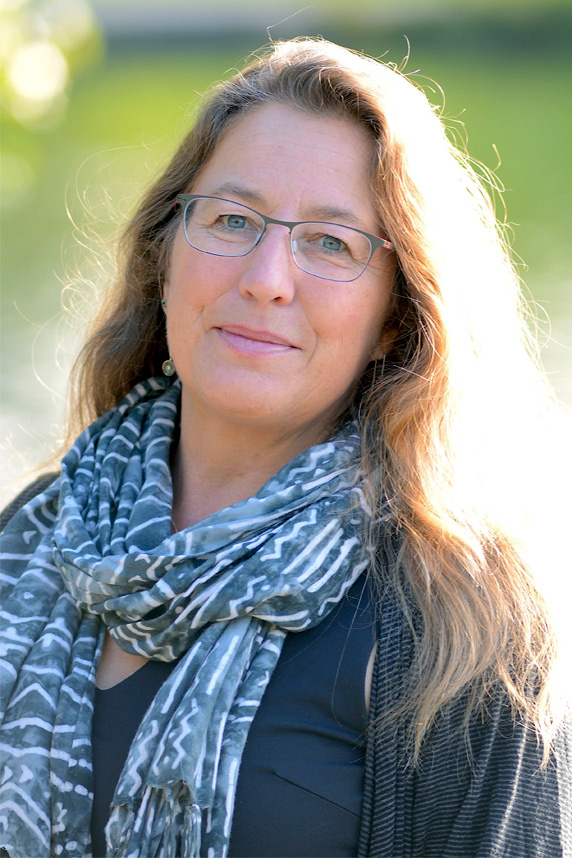 Seattle Magazine recognized Cummings as one of the city’s 10 most influential leaders. (Photo courtesy of Steve Shay)
Seattle Magazine recognized Cummings as one of the city’s 10 most influential leaders. (Photo courtesy of Steve Shay)Untold stories
Through her narrative, Cummings recounts stories that were left out of the history books. For example, she features James Rasmussen, a Duwamish tribal member who can trace his family tree back to before white settlement of Seattle.
Rasmussen and several other people whose stories appeared in the book also served as guest speakers at Cummings’ July 11 virtual book launch. The event drew hundreds of environmentalists, researchers, history buffs, immigrants, and tribal members from across the country.
“We encourage all of our Superfund Centers to actively engage their local community, to share research findings and contribute to strategies that protect public health,” said NIEHS Health Scientist Administrator Danielle Carlin, Ph.D. “The UW SRP is an excellent example of a center that is doing just that.”
Protecting public health
Despite being one of the most polluted rivers in the country, the Duwamish remains a popular fishing spot, especially among Native people, immigrants, and homeless people. Their health is at risk, Cummings said, regardless of whether they eat the fish out of necessity or for cultural or spiritual reasons.
“As we work on river clean-up — it has taken 20 years so far and it is going to take another 20 years before we are finished — we need to be doing something to help protect their health in the interim,” she said.
 Carlin’s research interests include chemical mixtures, combined exposures, metals, and asbestos. (Photo courtesy of Steve McCaw)
Carlin’s research interests include chemical mixtures, combined exposures, metals, and asbestos. (Photo courtesy of Steve McCaw)To fill that need, the UW SRP produced a series of videos in partnership with the Duwamish Community Health Advocates, Public Health-Seattle & King County, the U.S. Environmental Protection Agency (EPA), and the Washington Department of Fish and Wildlife.
The series advises fishers to catch only salmon, which migrate through the river for only a short time. Therefore, they are likely to contain lower levels of harmful chemicals. Nine videos in four languages cover such topics as an introduction to salmon fishing, how much salmon is safe to eat, and how to prepare and cook several salmon dishes.
UW will disseminate the videos with supporting materials developed in partnership with Duwamish community-based organizations.
(Marla Broadfoot, Ph.D., is a contract writer for the NIEHS Office of Communications and Public Liaison.)





